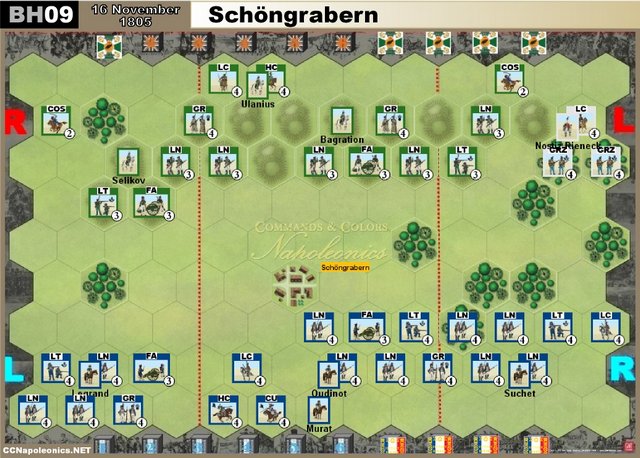Schöngrabern
Russian rear guard action
16 November 1805
Historical Background
The Battle of Schöngrabern (also known as the Battle of Hollabrunn) was an engagement in the Napoleonic Wars during the War of the Third Coalition, fought on 16 November 1805 near Hollabrunn in Lower Austria, four weeks after the Battle of Ulm and two weeks before the Battle of Austerlitz (Slavkov, Moravia - now Czech Republic).
The Russian army of Kutuzov was retiring north of the Danube before the French army of Napoleon. On 13 November 1805 Marshals Murat and Lannes, commanding the French advance guard, had captured a bridge over the Danube at Vienna by falsely claiming that an armistice had been signed, and then rushing the bridge while the guards were distracted. Kutuzov needed to gain time in order to make contact near Brno (Brünn) with reinforcements led by Buxhowden. He ordered his rearguard under Major-General Prince Pyotr Bagration to delay the French.
Murat and Lannes commanded the 4th and 5th Corps and the Reserve Cavalry.
Bagration took up a position about 6 km north of Hollabrunn, on the hill above the small town of Schöngrabern (today part of Grabern). Murat believed that the whole of the Russian army was before him, and hesitated to attack. Bagration then suggested to Murat that negotiations for an armistice should be opened. Murat agreed, and did not attack.
Murat sent an aide to Napoleon to notify of the cease-fire and invited Wintzingerode,Bagration and other Russian officers to his headquarters for wine and polite conversation. Lannes never believed Wintzingerode for a minute, regarding the cease fire. Instead, he had a pretty good idea where Kutuzov was, and thought Bagration on his own, and knew Napoleon meant to fight the Russians, not to negotiate with them. Already annoyed that his corps was at half strength and Murat was telling him what to do, he stood on the edge of the gathering, holding a glass of wine and glaring at friends and enemies alike. he spoke only to Bagration, whom he recognized as a professional soldier, not a buffoon like some in the present company. "If I was onmy own and didn't have to put up with Murat's orders," he told the Russian general, "we'd be fighting, not standing around drinking and talking about the goddamned weather."
When Napoleon was informed of this he was furious and wrote to Murat:
“ I cannot find words to express my displeasure. You only command my vanguard and have no right to agree to an armistice without my orders. You will cost me the fruits of a campaign. End the armistice at once, and attack the enemy. Inform him that the general who has signed this has no power to make it, that only the Russian Emperor has the right, and that when the Russian Emperor ratifies this agreement, I will also ratify it. But it is only a ruse. March, destroy the Russian army. You are in a position to take his baggage and artillery.”
Bagration's troops had built some hasty earthworks north of Schongrabern and deployed behind them when the French attacked the afternoon of 16 November.
Russian artillery covered the road from Hollabrunn, raking the advancing grenadiers and infantry as the cavalry attacked them on both flanks. The artillery pounded the French and Schongrabern - most of the village went up in flames. Murat repulsed the Russian cavalry but Bagration inflicted heavy casualties among the grenadiers and infantry. Though the French suffered, they overwhelmed the Russians by their superior numbers. The fighting continued until after midnight when the Russians finally withdrew, leaving 2400 casualties behind. Lannes escaped injury during the battle but Oudinot was not so fortunate; he was sent to the hospital in Vienna along with many other senior officers.
The stage is set. The battle lines are drawn and you are in command. Can you change history?
|
|
Set-Up Order
|
Battle Notes
Russian Army
Leader: Petr Bagration
5 cards
Mother Russia rule is in effect![]()
![]()
![]()
![]()
![]()
 |
 |
 |
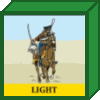 |
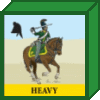 |
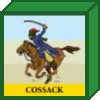 |
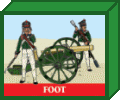 |
 |
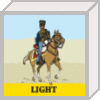 |
|||
| 5 | 2 | 2 | 1 | 1 | 2 | 2 | 3 | - | 2 | 1 | 1 |
French Army
Leader: Joachim Murat, Jean Lannes
5 cards
move first![]()
![]()
![]()
![]()
![]()
![]()
 |
 |
 |
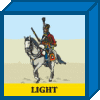 |
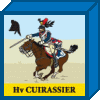 |
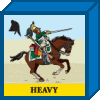 |
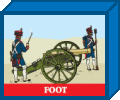 |
|
| 10 | 3 | 2 | 2 | 1 | 1 | 2 | 4 |
Victory
6 Banners
Special Rules
The allied player starts the scenario with 1 victory banner. This banner is lost if the French player occupies three hill hexes with units at their turn start (Temporary Group Victory Banner)
Mother Russia rule is in effect.

